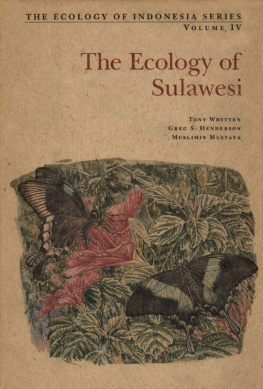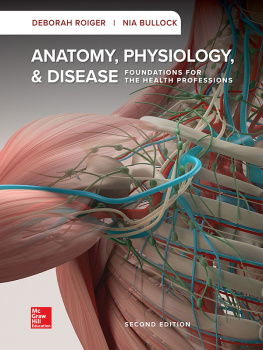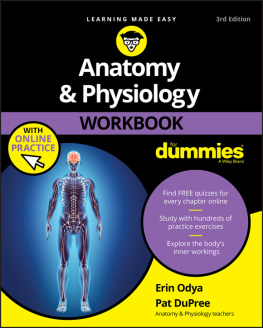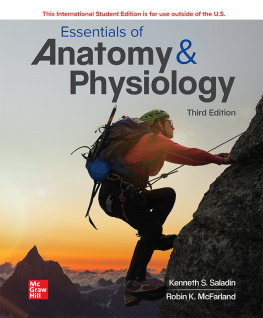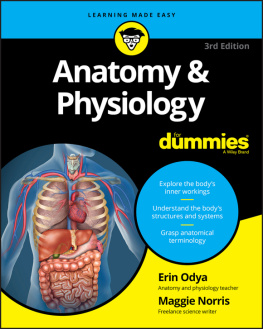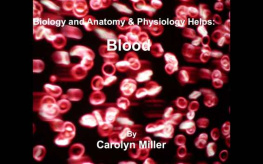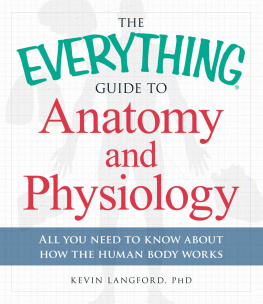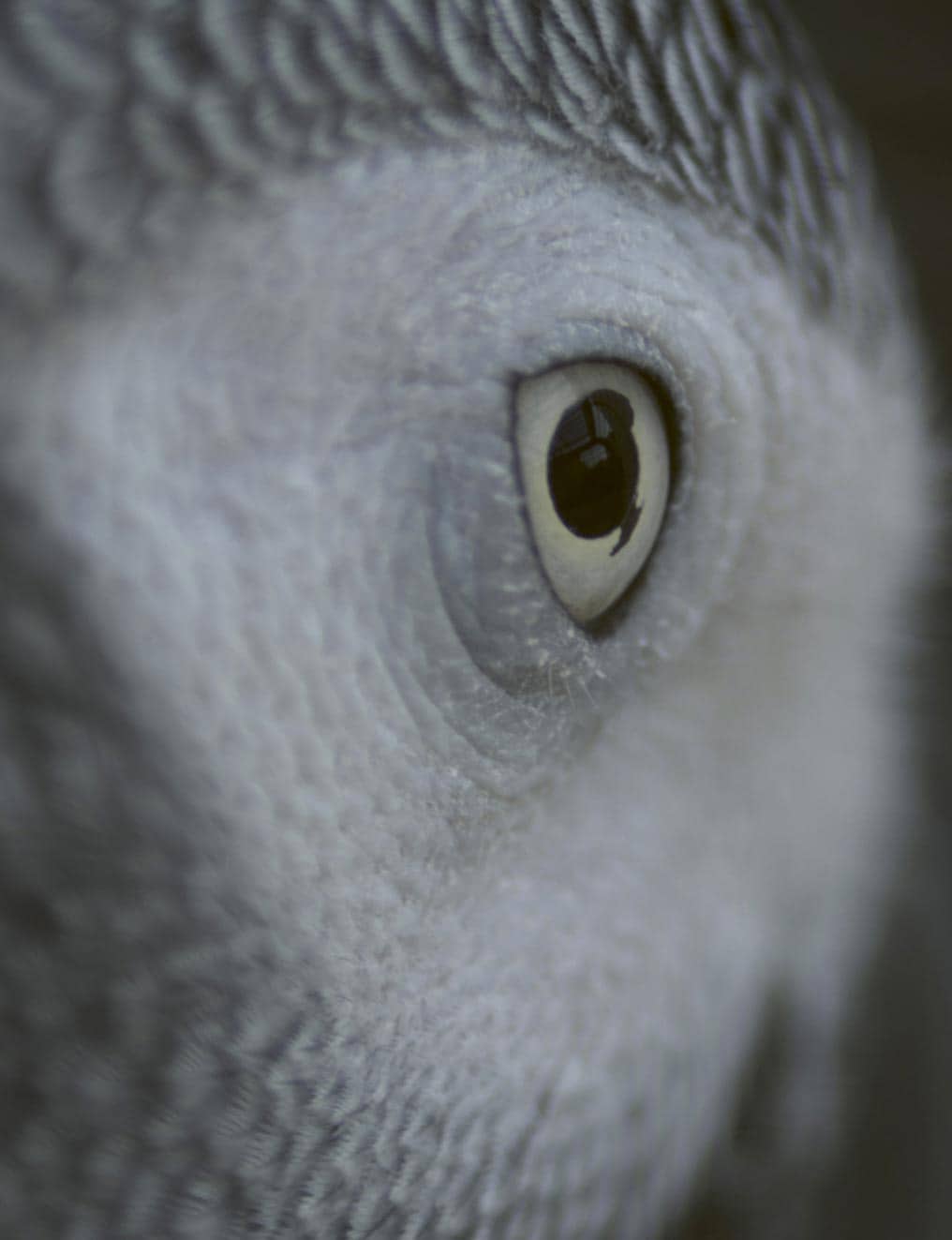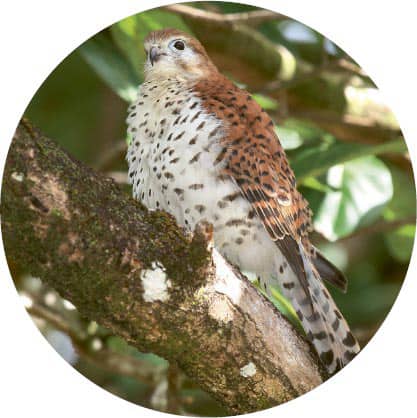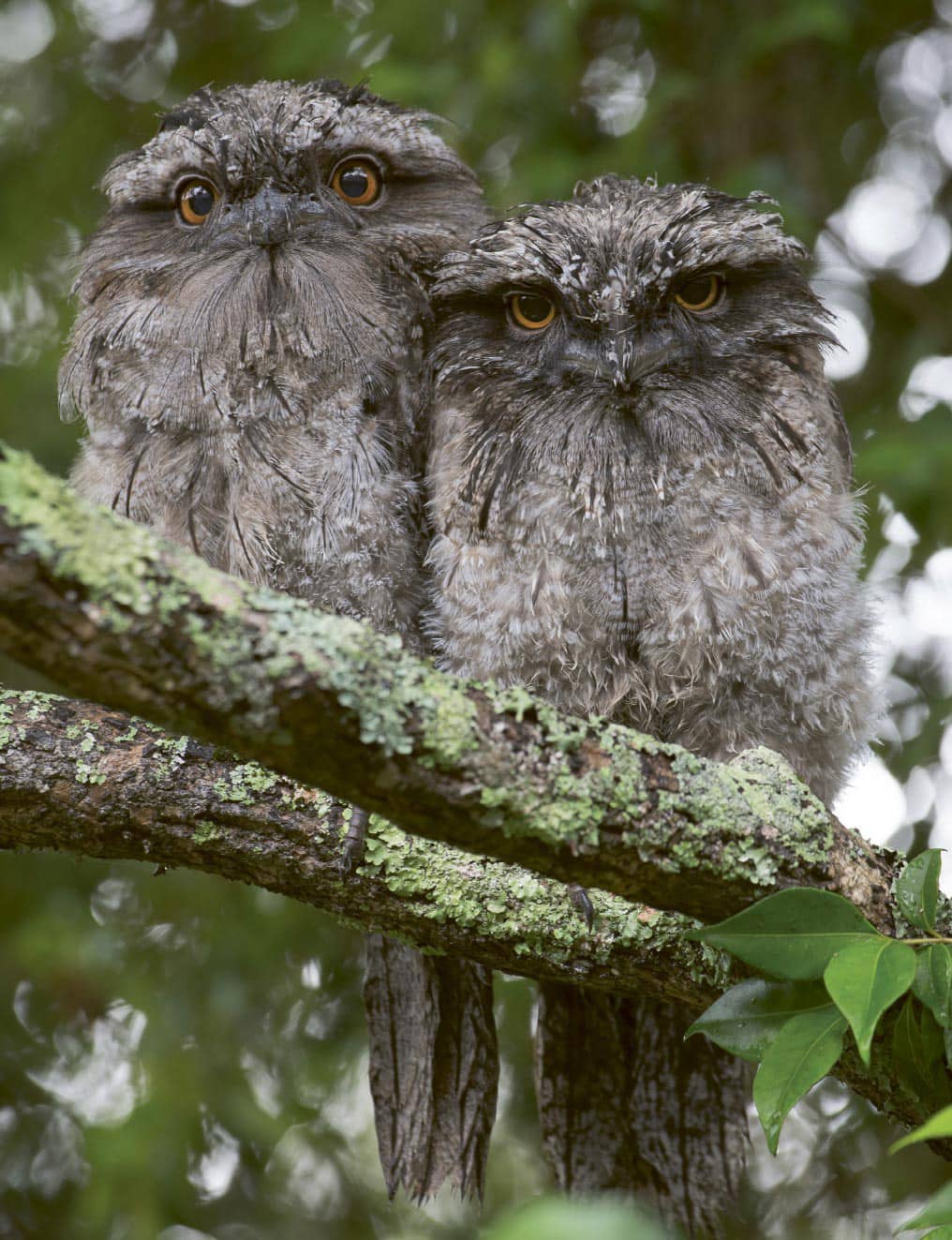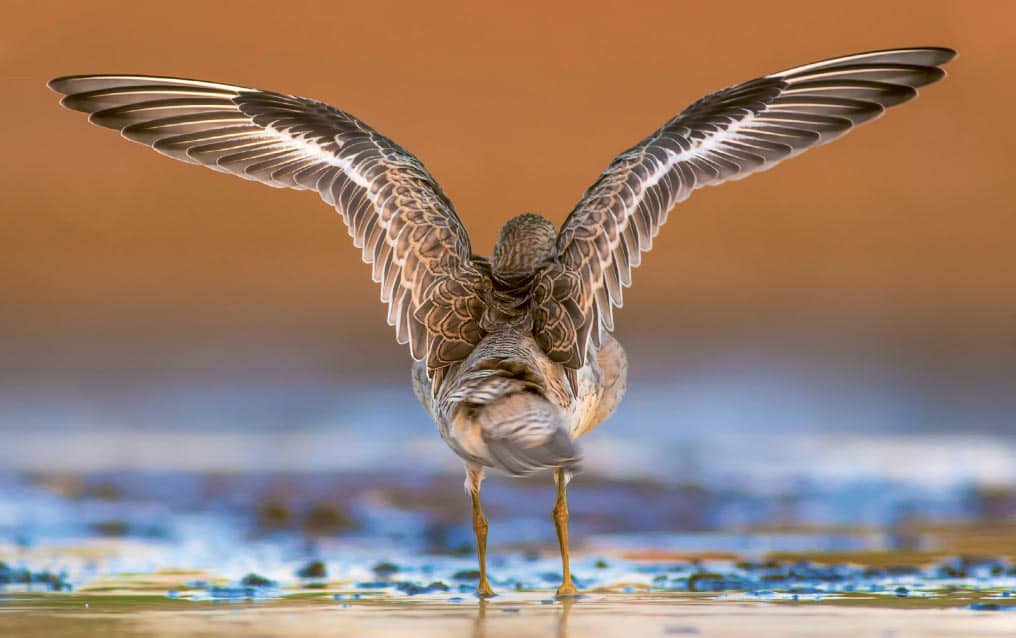Consultant Editor Tony D. Williams
Contributors
, AND CONSULTANT EDITOR
Tony D. Williams PHD
Department of Biological Sciences, Simon Fraser University, Canada
Dr Williams completed his PhD at the Natural Environment Research Councils Monks Wood Experimental Station and the University of Bristol in 1986. He has more than 35 years research experience, with a focus on reproductive physiology, evolutionary biology and ecology, migration and ecotoxicology. Dr Williams is a fellow of the American Ornithological Society and the International Ornithologists Union, and has published more than 270 scientific papers and two previous books.
Julia A. Clarke PHD, FRSB
Jackson School of Geosciences, University of Texas at Austin, United States of America
Dr Clarke received her PhD from Yale University. She is the John A. Wilson Professor in Vertebrate Paleontology at the University of Texas at Austin and a Howard Hughes Medical Institute professor. Her work explores how new structures and functions arise in deep time, with a focus on the evolution of dinosaurs including birds. She has an international field programme in palaeontology and has led interdisciplinary teams integrating data on living animals to ask new questions of the fossil record.
Chad Eliason PHD
Grainger Bioinformatics Center, Field Museum of Natural History, United States of America
Dr Eliason received his PhD in integrated bioscience from the University of Akron and is currently a postdoctoral fellow at the Field Museum in Chicago. His research uses a combination of mathematical modelling and experimental work to study the evolution of form and function in birds, with a focus on feathers and their colour.
Scott A. MacDougall-Shackleton PHD
Departments of Psychology and Biology, Western University (University of Western Ontario), Canada
Dr MacDougall-Shackleton earned his BSc and MSc in biology at Queens University in Canada. He then completed a PhD in psychology at Johns Hopkins University and a postdoctoral fellowship in ecology and evolutionary biology at Princeton University. Dr MacDougall-Shackleton is currently chair of the Department of Psychology and a professor in the Department of Biology at Western University, Canada. He is also director of the Advanced Facility for Avian Research, where he investigates songbird communication, photoperiodism and seasonal changes in birds, as well as other aspects of avian behaviour.
Scott McWilliams PHD
Department of Natural Resources Science, University of Rhode Island, United States of America
Dr McWilliams is a professor of wildlife ecology and physiology at the University of Rhode Island. He received his PhD in wildlife ecology from the University of California, Davis, and his MSc in animal ecology from Iowa State University. He conducted his postdoctoral training in wildlife ecology at the University of WisconsinMadison, and today studies the ecology and physiology of migratory birds.
Elizabeth MacDougall-Shackleton PHD
Department of Biology, Western University (University of Western Ontario), Canada
Dr MacDougall-Shackleton completed her undergraduate and masters degrees in biology at Queens University, Canada, and her doctorate in ecology and evolutionary biology at Princeton University. She is now a professor of biology at Western University, Canada, where she teaches undergraduate and graduate courses in evolution and behavioural ecology. Dr MacDougall-Shackletons research addresses key stages in the lives of birds through the lens of hostparasite interactions and coevolution.
Frances Bonier PHD
Department of Biology, Queens University, Ontario, Canada
Dr Bonier completed her MSc in zoology at the University of Idaho and her PhD in zoology at the University of Washington. She is a field biologist with a research focus on the ways animals respond to diverse challenges, including parasites, urbanisation and climate change. Dr Bonier and her students employ an array of tools and approaches in their research, from measuring hormones, to using genetic tools and drawing on the expertise of citizen scientists around the world.
Contents
: Dr Andy Clements
Foreword
Dr Andy Clements, Chief Executive, British Trust for Ornithology
Scientists who understand birds are ornithologists. In that short sentence there are already two words that might put off non-specialist members of society who are interested in finding out more about birds. Science and ornithology sound technical and dry by comparison with, say, a dramatically coloured blue jay inspiring wonder in your backyard. But dont be put off. This book, brought to you by established scientists, describes in wondrous terms everything you would ever want to know about birds. And it does so in beautiful detail and with stunning images. Explaining how birds first originated to how they now undertake their awesome, almost magical, journeys of migration, these pages open a door to the forefront of our knowledge. And reading this book may draw you in to getting involved. Citizen science, whereby your observations of birds can become that body of science, is your means to participate in saving birds.
Arent birds brilliant? This book answers that question with an emphatic, yes!
Regarded as one of the more successful conservation achievements, there were only four known Mauritius kestrels (Falco punctatus) in 1974. There are today believed to be about 400 in a self-sustaining population.
A pair of tawny frogmouths (Podargus strigoides).
Editors preface:
The world of birds
I remember being perhaps five or six and sitting watching birds in my back garden, when I noticed one particular bird flying back to the feeder and aggressively displacing all others. I wanted to know why this one bird was able to dominate others around it while feeding. This book is about why questions like this: why do birds behave the way they do? Why are they built in a particular way? Why are they so diverse? But it is also about the how: how do red knots (Calidris canutus) manage to fly non-stop from Alaska to New Zealand? How do emperor penguins (Aptenodytes forsteri) breed in the depths of the Antarctic winter when temperatures drop to 40C?
Red knot (Calidris canutus).
The answer to this last question involves explaining how birds work in terms of their anatomy and morphology (skeleton, muscle, brain), and their physiology (regulation of body temperature, cardiac performance, reproductive system). This lavishly illustrated book thus reveals the incredible diversity of birds while exploring all aspects of their biology from their internal anatomy to their external morphology, from their fascinating behaviour and cognitive abilities to their ecology, and from their evolutionary history to their life history. In doing so, it provides a fascinating enquiry into, and celebration of, the rich complexity of birdlife.



